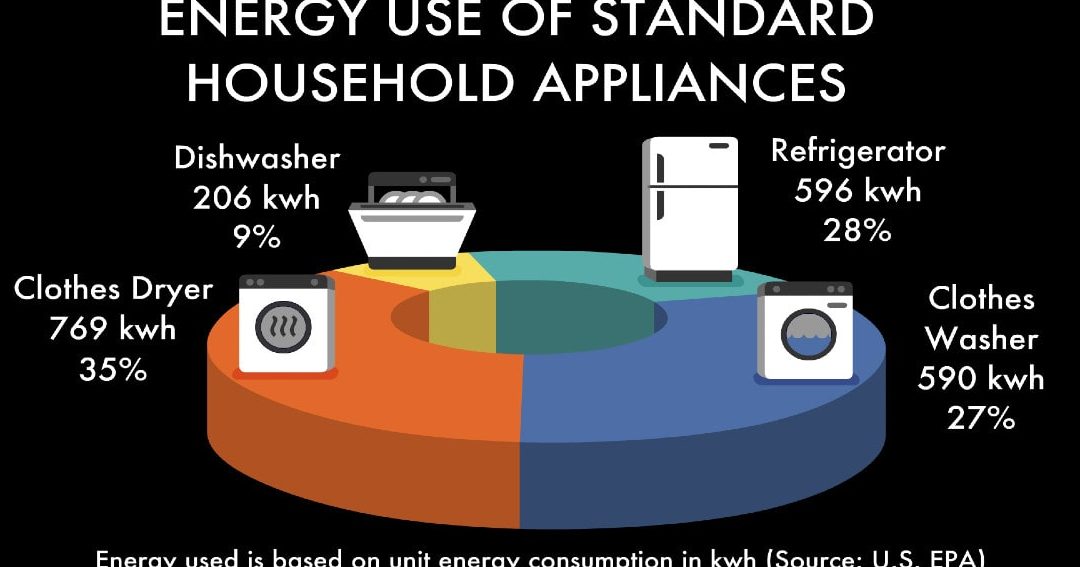The term “carbon footprint” is increasingly used in discussions about climate change and environmental impact. It represents the total amount of greenhouse gases (GHGs) emitted into the atmosphere as a result of human activities. Understanding carbon footprints is crucial for managing and reducing our impact on the environment. This article explains what a carbon footprint is, how it is measured, and why it matters.
Understanding Carbon Footprint
A carbon footprint refers to the total amount of carbon dioxide (CO2) and other greenhouse gases emitted directly or indirectly by individuals, organizations, products, or activities. These emissions contribute to global warming and climate change. Key components of a carbon footprint include:
- Direct Emissions: These are emissions that come directly from activities such as burning fossil fuels for transportation, heating, and electricity generation. For example, driving a car or using a gas heater produces direct emissions.
- Indirect Emissions: These emissions result from the production and consumption of goods and services. They include emissions from the supply chain, manufacturing processes, and energy use associated with the products or services consumed. For instance, the emissions involved in producing and transporting food items are considered indirect emissions.
- Carbon Footprint Calculation: The carbon footprint is calculated by adding up the total emissions associated with various activities or processes. This includes both direct and indirect emissions. Tools and calculators are available to estimate the carbon footprint of individuals, businesses, and products.
Measuring Carbon Footprint
Measuring a carbon footprint involves assessing and quantifying the greenhouse gas emissions associated with specific activities or entities. The process generally involves the following steps:
- Data Collection: Gather data on energy consumption, transportation, waste production, and other activities that contribute to greenhouse gas emissions. This can include information such as the amount of fuel used, electricity consumption, and waste generated.
- Emissions Factors: Use emissions factors to convert activity data into greenhouse gas emissions. Emissions factors are standardized values that represent the amount of CO2 or other GHGs emitted per unit of activity. For example, emissions factors can be used to estimate emissions from fuel consumption or electricity use.
- Calculation: Multiply the collected data by the relevant emissions factors to calculate the total emissions. This can be done for various activities or processes to determine the overall carbon footprint.
- Analysis and Reporting: Analyze the results to understand the sources of emissions and identify areas for reduction. Reporting the carbon footprint helps track progress and communicate efforts to stakeholders.
Importance of Carbon Footprint
Understanding and managing carbon footprints is essential for several reasons:
- Climate Change Mitigation: Reducing carbon footprints helps mitigate climate change by decreasing the amount of greenhouse gases released into the atmosphere. Lowering emissions can help limit global temperature rise and reduce the impact of climate change.
- Environmental Protection: Smaller carbon footprints contribute to reduced air and water pollution. By minimizing emissions, we can protect ecosystems, preserve natural resources, and reduce environmental degradation.
- Sustainable Practices: Calculating and monitoring carbon footprints encourages the adoption of more sustainable practices. Individuals and organizations can identify areas where they can reduce emissions, such as using energy-efficient appliances or switching to renewable energy sources.
- Economic Benefits: Reducing carbon footprints can lead to cost savings, particularly through energy efficiency measures. Lower energy consumption and waste reduction can translate into reduced operational costs for businesses and households.
- Corporate Responsibility: For businesses, understanding carbon footprints is crucial for demonstrating corporate social responsibility. Companies are increasingly expected to report their emissions and take steps to minimize their environmental impact. Reducing carbon footprints can enhance a company’s reputation and meet regulatory requirements.
Strategies for Reducing Carbon Footprint
To effectively reduce a carbon footprint, individuals and organizations can adopt various strategies:
- Energy Efficiency: Improve energy efficiency by using energy-saving appliances, insulating buildings, and optimizing heating and cooling systems. Energy-efficient practices reduce the amount of energy needed and lower associated emissions.
- Renewable Energy: Transition to renewable energy sources such as solar, wind, or hydro power. Renewable energy generates less greenhouse gas emissions compared to fossil fuels and helps reduce overall carbon footprints.
- Sustainable Transportation: Reduce emissions from transportation by using public transit, carpooling, biking, or walking. For those who drive, consider fuel-efficient or electric vehicles to lower emissions.
- Waste Reduction: Minimize waste production through recycling, composting, and reducing consumption. Proper waste management helps decrease methane emissions from landfills and conserves resources.
- Conscious Consumption: Make sustainable choices when purchasing products. Support companies that prioritize environmentally friendly practices and choose products with lower carbon footprints.
- Offsetting Emissions: For unavoidable emissions, consider carbon offsetting programs. These programs invest in projects that reduce or capture greenhouse gases, such as reforestation or renewable energy projects.
In conclusion, understanding and managing carbon footprints is vital for addressing climate change and promoting environmental sustainability. By measuring emissions, adopting reduction strategies, and making conscious choices, individuals and organizations can contribute to a healthier planet and a more sustainable future.

